T4K3.news
NASA awards Firefly Aerospace $177 million lunar mission contract
NASA has contracted Firefly Aerospace to deliver rovers and instruments to the moon's south pole.
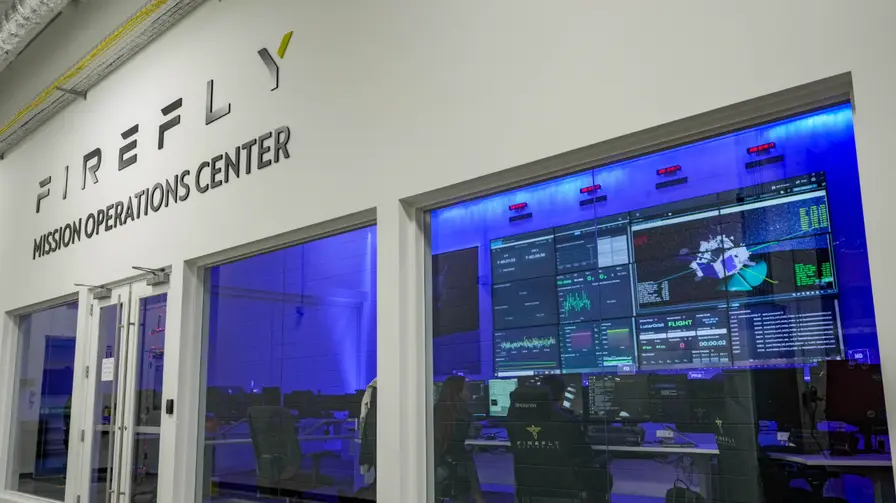
NASA has committed $176.7 million to Firefly Aerospace for a mission to the moon's south pole.
NASA grants Firefly Aerospace $177 million for lunar rover mission
NASA has awarded Firefly Aerospace a $176.7 million contract to deliver two rovers and three scientific instruments to the moon's south pole, targeting a landing in 2029. This represents the first mission under NASA's Commercial Lunar Payload Services initiative to transport multiple rovers and instruments in a single flight. The mission aims to explore extreme lunar environments, searching for usable resources that can support future lunar and crewed missions. The contract marks Firefly's fifth task order with NASA's CLPS program, which facilitates commercial lunar exploration. The selected mission includes contributions from the Canadian Space Agency and the University of Bern. Rovers will analyze the geology and environmental resources of the moon's south pole, an area believed to contain water ice essential for future explorations. NASA expects that insights from this mission will inform the best landing sites for Artemis missions and assist in establishing a sustainable human presence on the moon.
Key Takeaways
"Through CLPS, NASA is embracing a new era of lunar exploration, with commercial companies leading the way."
Joel Kearns emphasizes the significance of commercial collaboration in lunar exploration.
"As we send both humans and robots to further explore the moon, we will gain a better understanding of the exploration environment."
Adam Schlesinger underscores the importance of this mission for future human activities on the moon.
This substantial investment reflects NASA's commitment to commercial partnerships, illustrating a shift towards a more collaborative model for space exploration. Joel Kearns of NASA described this as a new era in lunar exploration, with private companies playing a crucial role. Such initiatives not only advance scientific understanding but also foster innovation within the aerospace sector. However, this investment is not without risks. As the mission approaches, ensuring the reliability and safety of the technology will be vital, especially given the high stakes of lunar exploration.
Highlights
- Commercial partnerships are reshaping lunar exploration.
- This mission targets the moon's most challenging environments.
- Water ice at the south pole could fuel future missions.
- Exploration today paves the way for Mars tomorrow.
Potential risks associated with lunar exploration funding
The $176.7 million contract involves significant investment in lunar exploration technology. Reliability and safety concerns must be addressed to ensure mission success, especially given past criticisms about budget management in such programs.
The success of this mission could significantly impact the future of lunar exploration and human missions to Mars.
Enjoyed this? Let your friends know!
Related News

Firefly Aerospace IPO launch set for Thursday
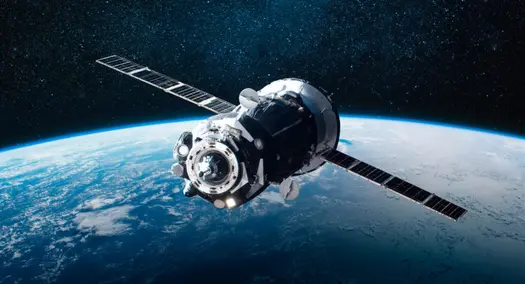
Firefly Aerospace Valued at $6 Billion Ahead of IPO
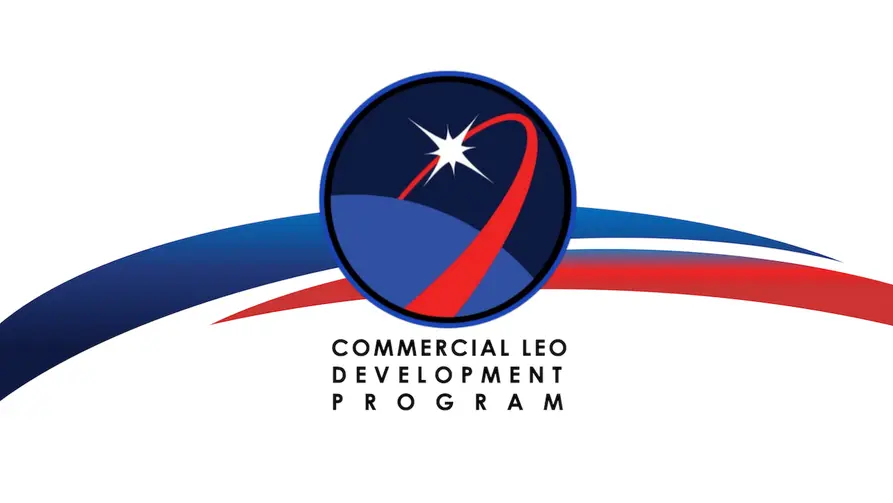
NASA reveals new strategy for commercial LEO space stations
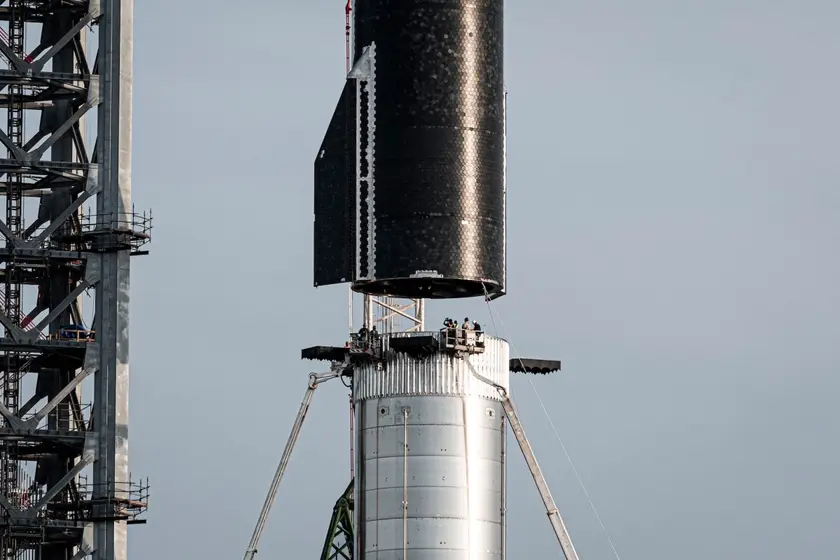
Worker injury rates at SpaceX Starbase are alarmingly high
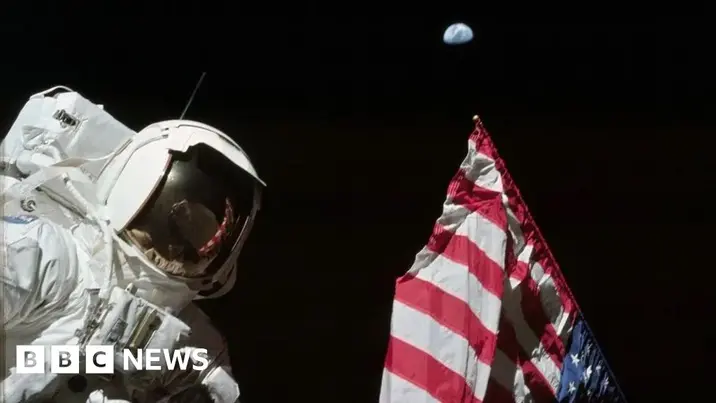
Apollo Moon veterans remain as Artemis advances

Interstellar encounter linked to past climate changes
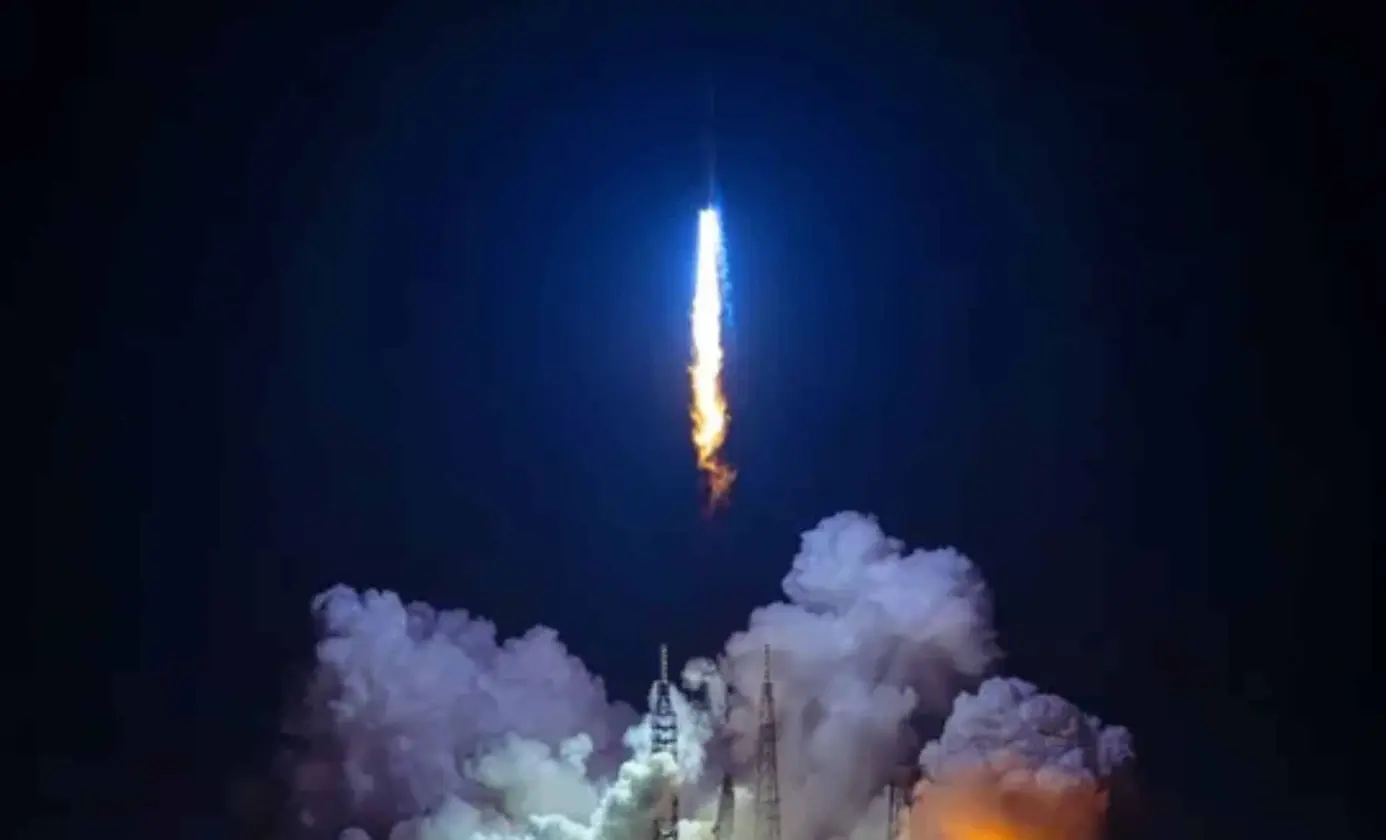
New Glenn Launch to Carry NASA's ESCAPADE Mission

Jim Lovell obituary confirms space legend’s death
